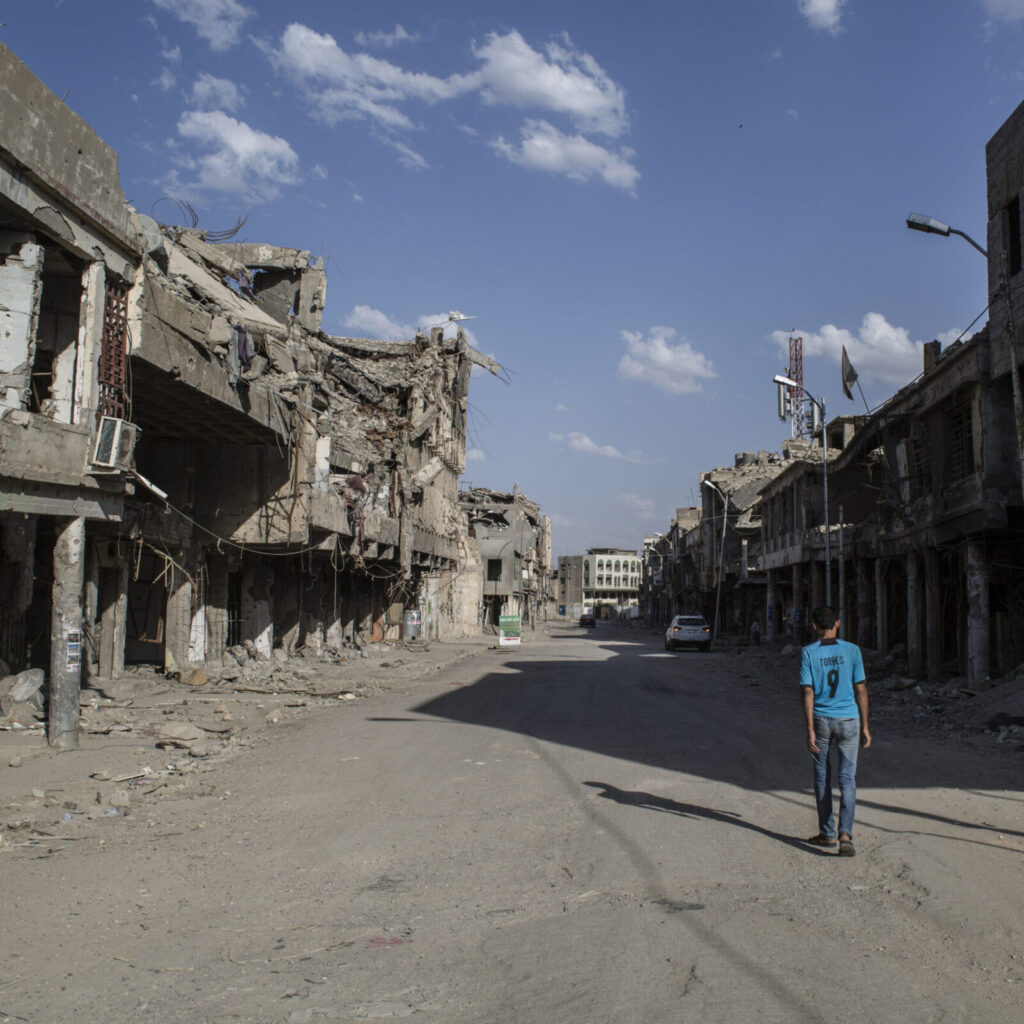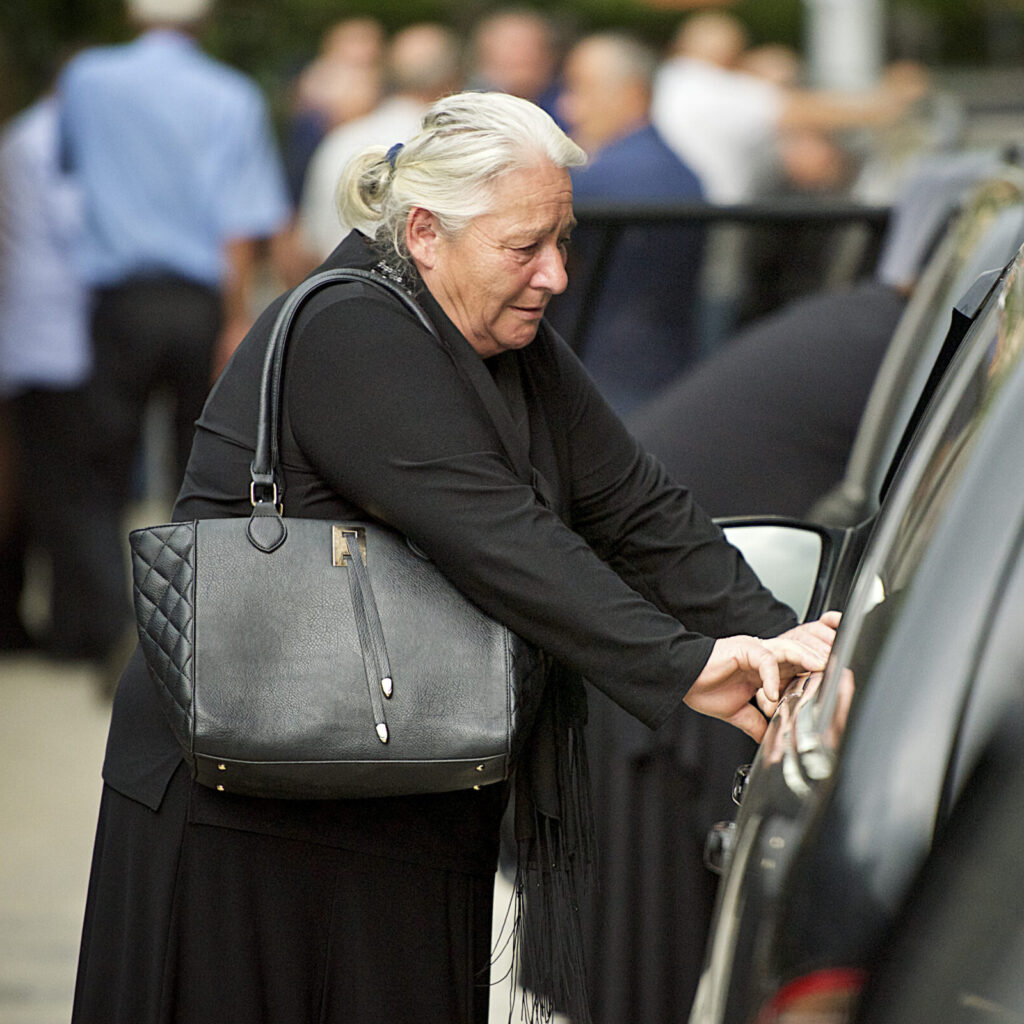December 2021 – July 2024
According to the World Health Organisation, 80% of people with disabilities live in low-and middle-income countries. Currently, and this has been the case for decades, humanitarian/development organisations provide physical rehabilitation services/componentry in conflict-affected areas, or low-resource settings rely on an old, simple but robust prosthetic foot: the SACH foot (Solid-Ankle Cushion-Heel). Though widely used, the SACH foot mainly targets low-mobility users due to its basic design and related biomechanics.
Biomechanically advanced prosthetic feet remain inaccessible to many people because existing products mainly target high-income countries (price, durability, appearance effect on stigmatising disabilities). To address this issue, the ICRC teamed up with EPFL in 2016 to develop an innovative prosthetic foot (Agilis) that was successfully tested in the laboratory and with a limited number of participants in Vietnam. Preliminary results were promising. Participants walked more (+70%) and over a longer duration (+90%) with the new prosthetic foot than with the SACH foot.
During this new project phase, we plan to demonstrate the clinical relevance of the prosthetic foot through a large-scale field evaluation in two contexts where the ICRC is heavily involved: Iraq and Cambodia. As already proven during the project’s initial phase, wearable sensors offer a unique opportunity for in situ data collection. Based on existing data and the new data to be collected, we will assess the performance of the developed prosthetic foot before committing to heavy investments (manufacturing processes and tools).
More info in this article.
EPFL PI: Prof. Kamiar Aminian, Laboratory of Movement Analysis and Measurement
Partner: Gregory Huot (ICRC)
Photo: Mathieu Janier

